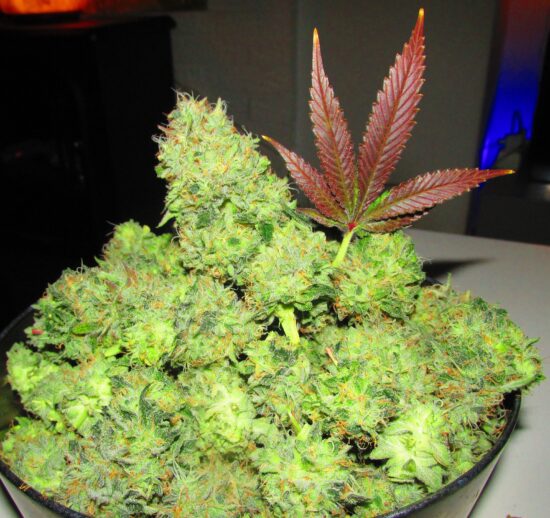
Hemp in Europe
The situation of hemp today
Today, the Common Agriculture Policy is responsible for establishing the maximum THC level allowed for industrial hemp on the field. Many EU countries still prohibit or have unclear regulations about the use and marketing of flowers, incorrectly considered as narcotic, even if the THC level is below the established thresholds in the EU regulation for industrial hemp. In order for hemp to be a profitable crop, farmers need to be allowed to maximise their income through the utilisation of the whole plant, especially the flowers and leaves. That is why, EIHA defends a “whole plant” approach (#unlockthepotential).
Hemp transformers source 90% of their raw material within Europe. More than half of flowers and leaves traded in Europe are used for the production of food supplements, including CBD extracts. When it comes to textiles, because of the relatively high raw material prices, the lack of fibre supply and the scarcity of manufacturing facilities, production is limited as it mainly represents a niche market. A huge consumers market existed for hemp fibres until after World War II. Just to give you an idea, in the 1930s Russia’s hemp area sown was almost 700,000 hectares, providing for 40% of Europe’s hemp needs. In comparison, Italy and Yugoslavia accounted for up to 100,000 hectares each. Currently the EU combined barely grows 50,000 hectares. France is currently the biggest producer, followed by Italy and the Netherlands.
Even though Europe has not unlocked the full potential of hemp, the industry is rapidly growing. In fact, from 2013 to 2018, there was a 70% increase in the number of hectares dedicated to industrial hemp cultivation in Europe. If we compare it to 1993 figures, the number of hectares has increased 614% since.
Find more information about hemp production here!








